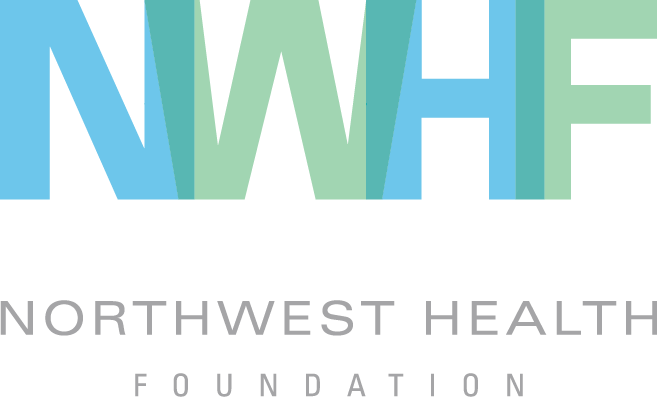Finding Workforce Solutions to a Dental Care Crisis
/What’s the best way to ensure that everyone gets good dental care? Hint: It’s probably not the system currently in place today.
Northwest Health Foundation is helping explore whether it's time for the first new health profession in 50 years.
The rain was cold and wet — another November day in the Pacific Northwest. One by one, two by two, and in families, people from all over Oregon and Washington began lining up during the evening, standing outside as the rain continued throughout the night and into the early morning.
It was the first of two days of the “Mission of Mercy,” held at the Oregon Convention Center in Portland in 2010. Funded by the Oregon Dental Association and America’s Dentists Care Foundation, the clinic was staffed by more than 1,200 volunteer dentists, dental hygienists, denturists, technicians and community members.
By 6 a.m. when the doors opened, more than 3,000 people were already lined up outside. Only 750 people received treatment. On the second day, 800 made it inside. The rest were sent home.
It was a downstream problem if there ever was one.
This situation concerned both state Senator Laurie Monnes Anderson (D-Gresham), and Judith Woodruff, NWHF health workforce program director, each looking for solutions to prevent such long lines from occurring in the first place.
“Standing in line for hours to receive emergency dental services because you don’t have access to care is not acceptable,” Judith Woodruff says. “If people are showing up in the ER for dental care, we’ve got big problems with our delivery system.”
“We should not be treating our 21st century population with a 20th century workforce model,” Woodruff says.
As the Pew Charitable Trusts have reported, dental issues are getting more serious in the U.S. and they are now a leading cause of emergency room visits. In many communities, they’re the single leading cause.
While about 44 million Americans lack medical insurance, about 108 million lack dental insurance.
“If you’re white, speak English as your first language, live in a metropolitan area, and you have access to money or dental insurance, the current system is likely to work fine for you. But if you’re not all of these things, it doesn’t work so well,” says Woodruff.
Improvements to the access problem, however, could come from a new type of health professional: dental therapists. Located somewhere on a continuum between dentists and hygienists in terms of training, this alternative provider can perform dental restorative work including filling cavities and extractions. Dental therapists have already proven effective in fifty countries around the world and have only been established in Alaska and Minnesota in the U.S.
So why not adopt it in Oregon?
“Legislators wanted to see a pilot project before they could create an entirely new provider,” Woodruff says.
A first step towards a solution emerged with 2011’s Senate Bill 738, which created a pilot project program for the establishment of this new dental provider, as well as other models.
The bill was carried forward by Monnes Anderson in the Oregon Senate, where it passed it 16-14, and Rep. Mitch Greenlick brought it to the House, where it passed 52-5.
“I was impressed with the wealth of knowledge provided by Northwest Health Foundation,” Senator Monnes Anderson, says. “They provided the legislature with the information we needed about what was happening in other states, and in other countries, around this new model of dental care.”
Pilot projects will help improve care in rural areas, and will encourage new providers to return to their communities after receiving their training. Dental therapists will become health care professionals likely to earn family-wage salaries and to have impact in their local communities.
Although this program is expected to improve access to quality care and save money in the long term, many legislators said they would not pass the bill if it incurred any startup costs. Northwest Health Foundation is working with the Oregon Oral Health Funders Collaborative to commit resources to support the pilot projects, the administration of the pilot program and the evaluation of the pilots.
“The Foundation’s support was a major factor in helping this bill move forward,” Monnes Anderson says.
Assuming success in the pilot projects, some Oregonians may be able to see a dental therapist for routine work as early as mid-2015.
So keep your eyes on those mobile emergency dental clinics in the future, and watch for shorter lines outside.


